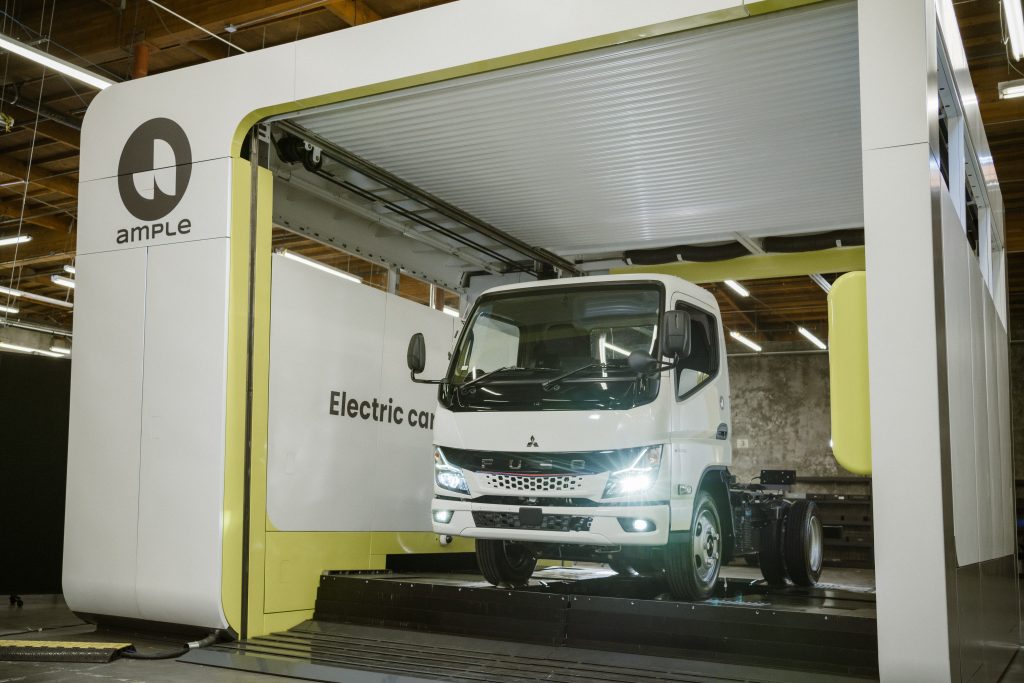There’s a lot of excitement, a lot of hype, and a lot of money floating around to do interesting things with renewable power, carbon, and especially hydrogen. And I think it’s sending some project developers a little crazy. Here’s an example:
‘HydrogenInsight’ recently published an interview with Thomas Zirngibl of Koppo Energia Oy, a Finnish company (link below). Thomas seems like a nice enough chap, and admittedly, he recognises that what they’re doing is a bit crazy – the headline is, ‘This is why we’re producing e-methane from green hydrogen, even though it’s so inefficient’. Having read what he’s planning, I think someone needs to explain to Thomas the difference between ‘inefficient’ and ‘worse than pointless’. See what you think.

Koppo Energia will build a large green hydrogen production facility on Finland’s west coast, with a 200MW electrolyser powered by 500MW of offshore wind and 100MW of solar. But, they need a market for all that hydrogen, which means moving it. In future, conversion to ammonia would make sense, but there are no buyers yet. So, they’re going to combine it with captured CO2 trucked in from another plant, make e-methane, then liquefy that methane and truck it down to Germany to fuel LNG-powered trucks.
Just think about that for a moment… The starting point is that a plant has captured the CO2 it emits. Energy is then used to truck those carbon atoms to a second plant. More energy is used to purify water, more to electrolyse that water to hydrogen, more still to combine that hydrogen with the carbon, even more to liquefy the resulting methane, and a final amount to truck that methane to Germany, where it is burned in the engine of a truck – turning it back into CO2 which is released to the atmosphere.
The outcome of this whole process in carbon terms is exactly the same as if the CO2 captured at the original plant in Finland was simply injected into an oil well or sequestered in some other way. That sequestration would achieve exactly the same CO2 reduction as using those carbon atoms to replace German truck fuel, and I would be willing to bet at far less cost?
Plus, you could do something else with all that wind and solar power, and the money you invested in the electrolyser. If you want a load of kit, you could invest in another Direct Air Capture plant like the one in Iceland, and use all that power to lock up even more CO2 from the atmosphere directly – OK it’s not very efficient either, but again, probably makes more sense than what Thomas is planning, and would certainly mitigate more CO2 overall.
On reading about this plan, the question has to be, how did we arrive at a point where anyone would think this is a plan worth spending money on? I assume some pretty detailed financial modelling has been done, and the investors aren’t stupid, so this scheme suggests a couple of things are going on.
Firstly, it seems likely that the current systems of grants and subsidies in Finland and Germany are overly eager to promote hydrogen and/or recycled carbon fuels, and are being ‘gamed’. That sort of market distortion is not uncommon where multiple stakeholders are finding different mechanisms to promote new technologies.
Second, and more importantly to my mind, the Finnish plant at the start of the process is apparently unable to get a decent price to bury its CO2 emissions. With all the talk of carbon sequestration in the context of BECCS and ‘Blue Hydrogen’, it does not bode well to see an example of a plant that has gone to the trouble of capturing its CO2, but isn’t taking the simplest route to put those carbon atoms back in the ground.
BECCS – BioEnergy with Carbon Capture and Storage

